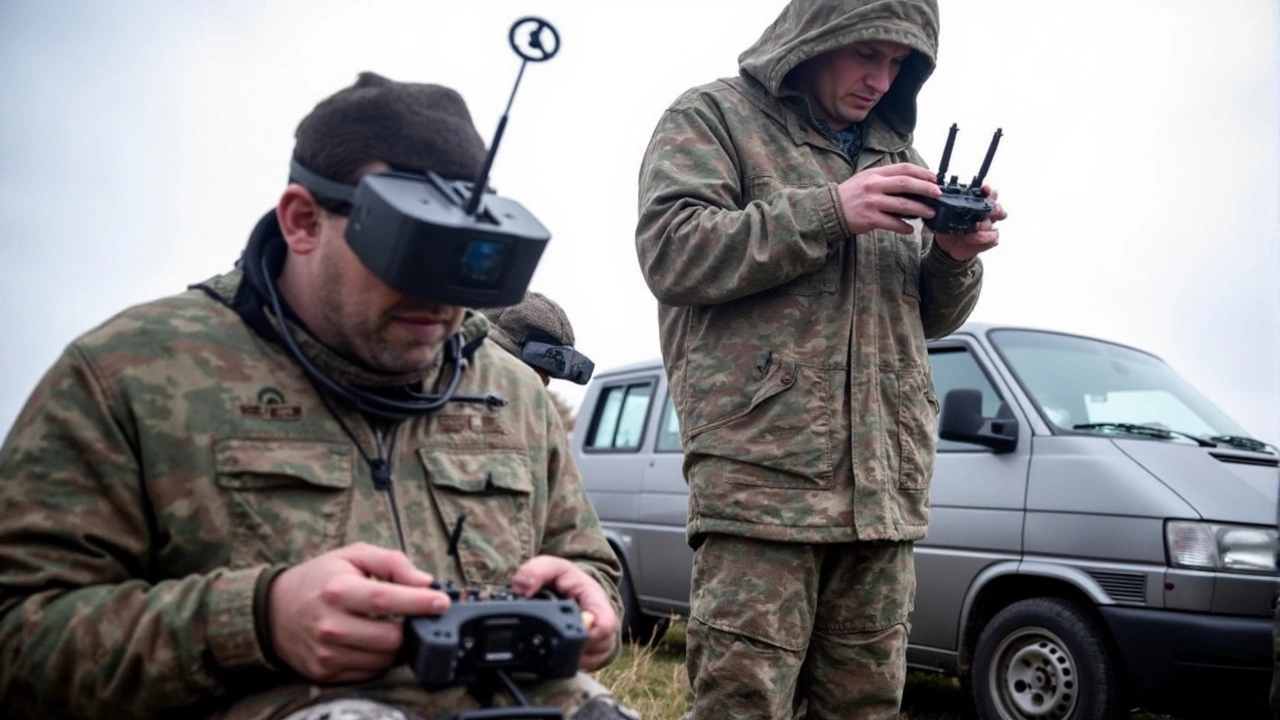US Military Aid
When talking about US military aid, the financial, equipment and training support the United States provides to other nations' armed forces, you instantly touch on a cluster of closely related ideas. It sits at the heart of foreign policy, the set of strategies a country uses to pursue its goals abroad. The amount of aid a country can give is directly tied to its defense spending, the portion of the national budget allocated to military costs. Many packages blend humanitarian assistance, aid aimed at relieving human suffering in crisis zones with security equipment, showing how aid can serve both relief and strategic goals. Finally, the whole system reinforces national security, the protection of a nation's citizens, institutions and way of life. In short, US military aid is a multi‑layered tool that shapes global power dynamics.
Key Considerations
One clear semantic link is that US military aid encompasses foreign policy decisions: every grant, loan or equipment sale reflects a broader diplomatic stance. Another triple: defense spending drives the scale of US military aid, because a larger budget lets Washington fund bigger programs abroad. Humanitarian assistance often rides on top of military aid packages, especially in conflict zones where security and relief go hand‑in‑hand. National security depends on the effectiveness of these aid programs, as allies become better able to deter threats that could spill over into the United States. Finally, the political debate shapes how much aid reaches the table, with legislators weighing strategic benefits against fiscal responsibility.
Recent years illustrate these connections. The aid flow to Ukraine after 2022 combined billions in weapons with reconstruction funds, showing a blend of defense spending and humanitarian assistance. In the Middle East, US packages to Saudi Arabia and the UAE link tightly to foreign policy goals of stabilising oil markets and curbing Iranian influence. Meanwhile, congressional hearings on aid transparency reveal how national security concerns drive calls for stricter oversight. These examples prove that US military aid is never isolated; it lives inside a web of policy, budget, and humanitarian goals.
Understanding this web helps you make sense of the stories you’ll see below. The collection that follows examines concrete cases, policy debates and on‑the‑ground impacts of US military aid. Whether you’re tracking a specific region, following budget battles in Washington, or curious about how aid translates to real‑world security, the articles ahead give you the facts and perspectives you need to stay informed.
